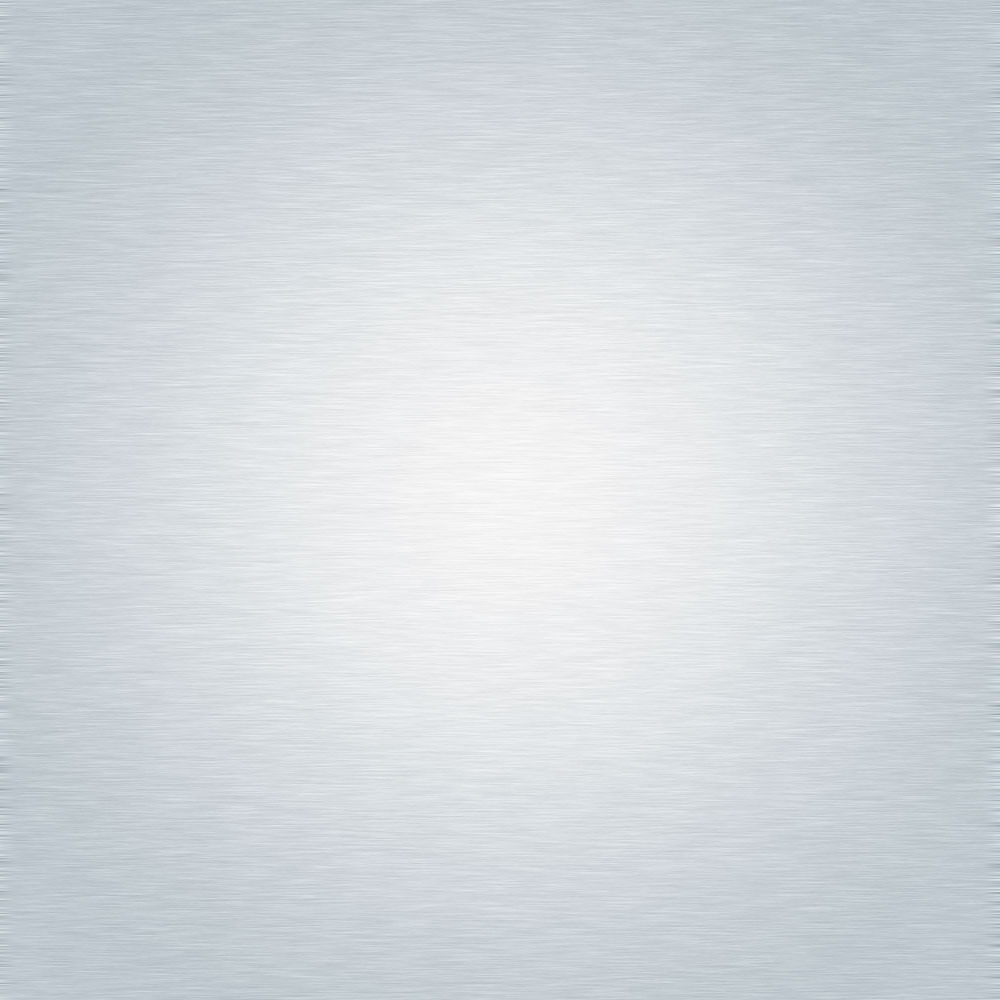

111
Carlos San Miguel Méndez
Gastroduodenal involvement as an unusual presentation of Crohn’s disease
Gastric bypass mediated by gastrojejunostomy is the
treatment of choice, although other options can be performed,
including endoscopic dilatation, gastric resections, or
stricturoplasty, as in our first case report (1, 4, 5).
Although surgical results are satisfactory, early detection
of these lesions and appropriate follow-up are cornerstones in
preventing development of pyloric stenosis.
This report should alert gastroenterologists and surgeons
about gastroduodenal involvement as an unusual presentation of
CD.
BIBLIOGRAPHIC REFERENCES
1.
Loftus EV Jr. Upper gastrointestinal tract Crohn’s disease. Clin
Perspect Gastroenterol 2002;5:188–191.
2.
Costas H. Kefalas. Gastroduodenal Crohn’s disease. BUMC Pro-
ceedings 2003;16:147-151.
3.
Isaacs KL. Upper gastrointestinal tract endoscopy in inflam-
matory bowel disease. Gastrointest Endosc Clin North Am
2002;12:451–462.
4.
Schill, G. Assessment of disease behavior in patients with
Crohn’s disease by MR enterography. Inflamm Bowel Dis
2013;19:983-90.
5.
Allen BC, Leyendecker JR. MR Enterography for assessment
and management of small bowel Crohn disease. Radiol Clin N
Am 2014;52:799–810.
6.
Lenze F, Wessling J, Bremer J, Ullerich H, Spieker T, Weckesser
M, et al. Detection and differentiation of inflammatory versus
fibromatous Crohn’s disease strictures: prospective compari-
son of 18F-FDG-PET/CT, MR-Enteroclysis, and transabdominal
ultrasound versus endoscopic/histologic evaluation. Inflamm
Bowel Dis 2002;18:2252-2260.

















